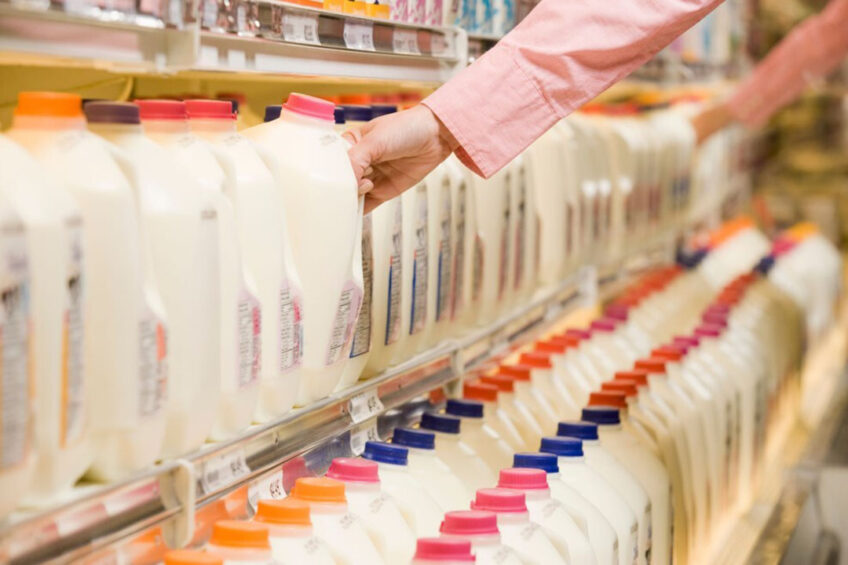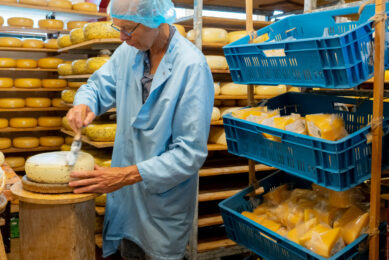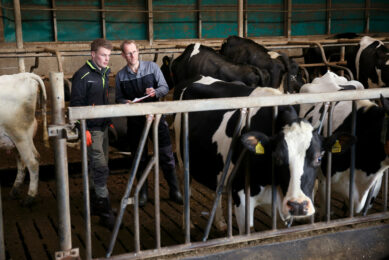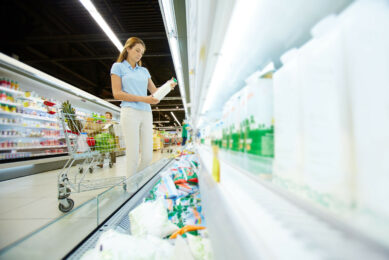New smart dairy packaging in Russia

A group of scientists from the National Technological Initiative, a Russian programme aimed at promoting advanced technologies in various sectors of the economy, have developed sensors designed to be embedded in food packaging to monitor the freshness of products.
If the milk in a bottle carrying such a sensor turns sour, the indicator on it will change colour, Mikhail Charny, an expert from the National Technology Initiative working group, explained.
“Scientists have developed sensors for controlling the acidity of products. We are talking about multilayer sensitive films that can be integrated into any package – plastic, Tetra Pack, and glass container corks,” he explained, not providing any additional details.
In theory, a sensor detecting a change in acidity could provide information on the condition of other milk products, including yoghurts and kefir.
In addition, the scientists have developed a sensor that shows whether the required temperature regime was maintained throughout the product’s entire life cycle, Charny said.
The scientists expect to begin testing the sensors by the end of 2022. Their mass use is preliminarily scheduled for 2024.
In the wake of Western sanctions, the Russian dairy industry has been experiencing an acute shortage of packaging in the domestic dairy market. The Russian union of dairy companies, Soyuzmoloko, however, estimated in September that most companies managed to overcome this issue.
Doubts in dairy sector
Russian dairy analyst, Nika Vinogradova, however, raised doubts about whether the developed technologies can be readily accepted in the dairy industry.
“How profitable is this for producers, and will they agree to add an indicator to determine the expiration date and freshness for the same selling price of milk? Also, will retailers want to add milk to their planograms, which will show whether the temperature regime during transportation and storage was normal?” Vinogradova said.
On the other hand, Vinogradova said, the proposed technologies are not entirely new. A similar sensor embedded in product packaging was developed by a group of scientists from Tomsk, Russia, in 2016, and consisted of a 3-layer film. The inner layer was a membrane that was said to pass milk to a special sensor that would change colour depending on the freshness of the product.
However, there have been no reports about the massive use of that technology in Russia so far.
Join 13,000+ subscribers
Subscribe to our newsletter to stay updated about all the need-to-know content in the dairy sector, two times a week.










